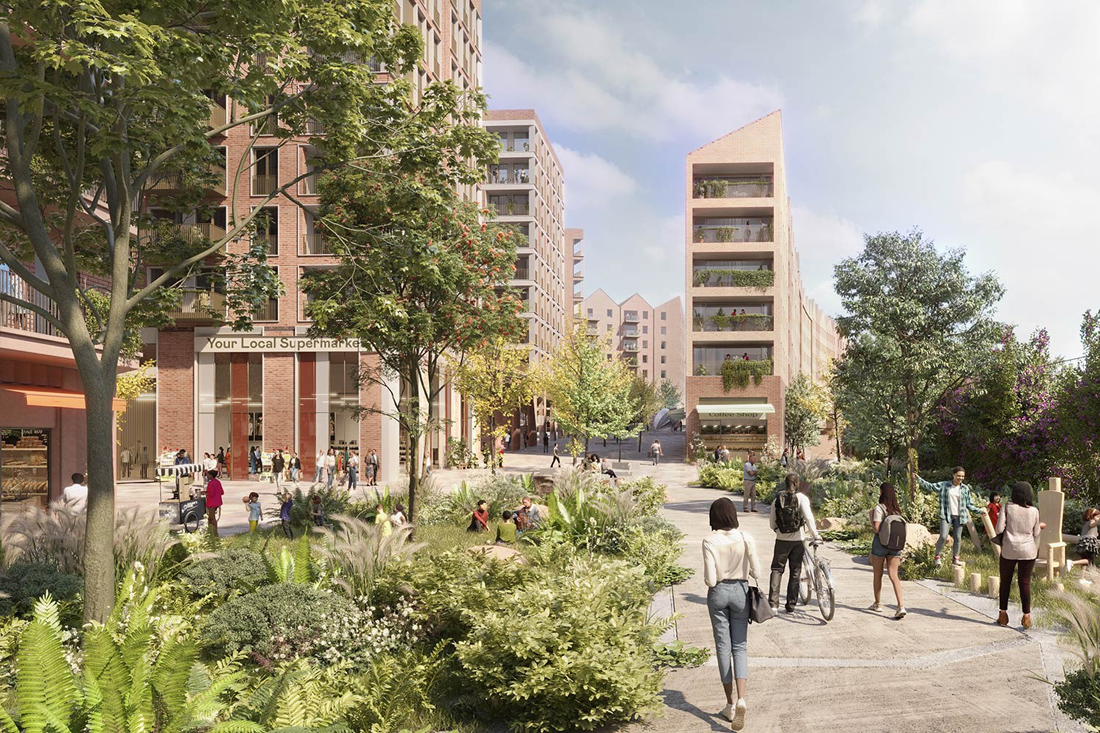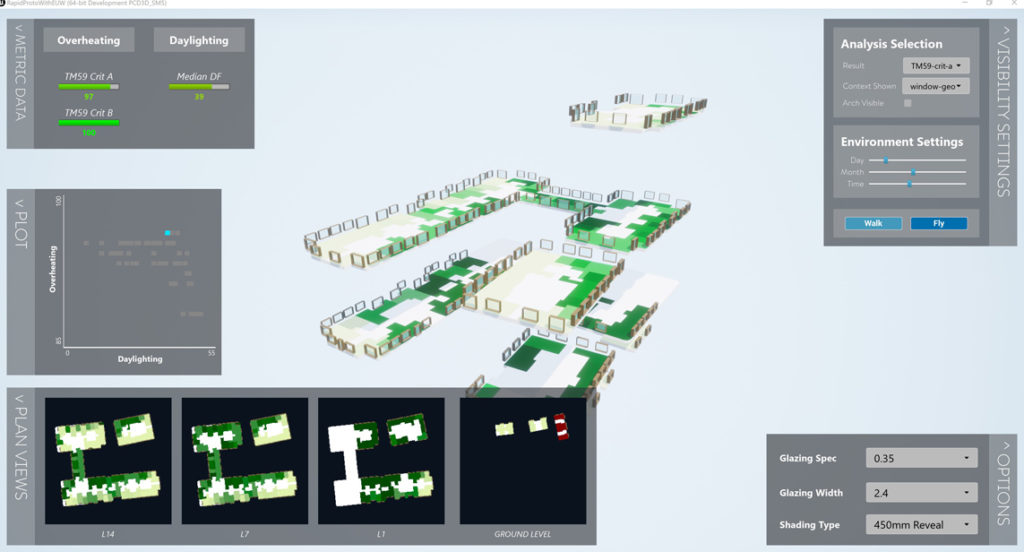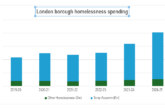
Buro Happold launches parametric facade design tool that could cut residential build costs by £10,000 per unit.
The UK government has pledged to deliver 1.5 million homes over the next five years. But with only 36,872 new homes completed in 2024, the gap between ambition and delivery remains stark.
Contributing to this shortfall is a complex interplay of rising construction costs, tightening planning regulations and increasingly stringent building standards. There is also mounting pressure for the built environment to innovate to address these challenges.
In response, consultant engineering practice Buro Happold has developed a pioneering parametric façade design tool that could reduce the cost of residential apartment construction by up to £10,000 per unit — offering a powerful lever to improve viability and accelerate delivery.
Buro Happold has significant experience in residential development, delivering multiple award-winning schemes across the UK. Involvement in projects such as the O2 Centre Finchley Road masterplan, London, played a key role in the development of the tool.

With façades emerging as a critical pressure point for the residential scheme, Buro Happold used a rapid prototyping design approach to deliver a detailed parametric study on daylighting, thermal comfort and energy use across the apartments.
This worked tapped into a common theme across residential projects. To address this, Buro Happold’s Sustainability and Physics team embarked on a four-year research initiative to explore how emerging technologies could optimise facade design early in the process — without compromising compliance or cost.
The result is an innovative parametric facade design tool that leverages data science, machine learning and game engine visualisation to resolve this conflict, and deliver rapid, robust design guidance from RIBA Stage 2 onwards.
The tool evaluates nearly three million façade configurations using parameters such as glazing type (U-value), window-to-wall ratio, openable area, shading strategies, G-value, thermal bridging and air permeability. These are processed through Buro Happold’s proprietary BHoM software and visualised in a game engine environment, allowing design teams to toggle between daylighting, overheating, and energy scenarios in real time.
With data comes AI, and Buro Happold has now applied machine learning to the dataset to offer an infinite number of facade options in seconds.

Ben Richardson, Director of Sustainability and Physics at Buro Happold, said: “We’ve modelled over three million different residential buildings — that’s roughly the size of London. This means we can initially bypass the need for modelling, and instead use our database to instantly provide architects and clients with data-backed, visual guidance on what will work for their specific design goals.
“The tool is fully compliant with Greater London Authority (GLA) requirements and integrates official SAP engines, IES, and CIBSE TM59 methodologies. This ensures that outputs are not only technically robust but also suitable for inclusion in formal energy statements.”
The implications for design teams are significant. By enabling passive design strategies that eliminate the need for comfort and trim cooling, the parametric facade design tool can deliver savings of up to £10,000 per apartment. Beyond cost, it also provides early certainty on meeting daylight, carbon, and overheating targets — reducing risk and streamlining the design process.
For architects, the tool offers early-stage clarity before the design freeze, while quantity surveyors benefit from more detailed facade data to inform cost planning. Developers gain a more optimised, compliant, and financially viable scheme — without the need for expensive post-design interventions.
Currently being trialled on UK residential projects, the parametric façade design tool has the potential to be adapted for other building typologies, including commercial and mixed-use developments. As the industry seeks to bridge the gap between housing targets and delivery, tools like this represent a vital step forward — harnessing technology to unlock smarter, faster, and more sustainable design decisions.
Header image: Render of the O2 Centre Finchley Road masterplan ©Land Securities PLC









